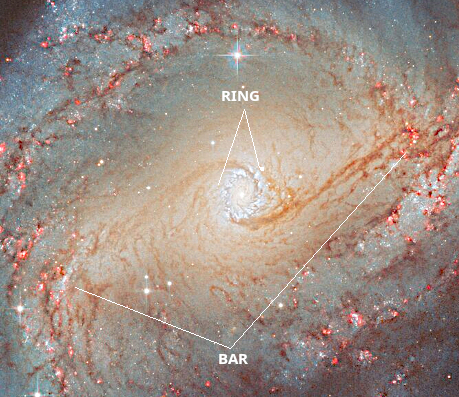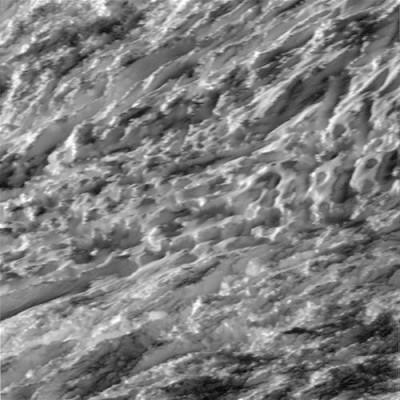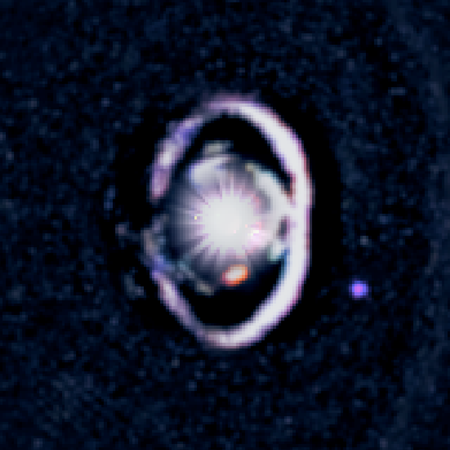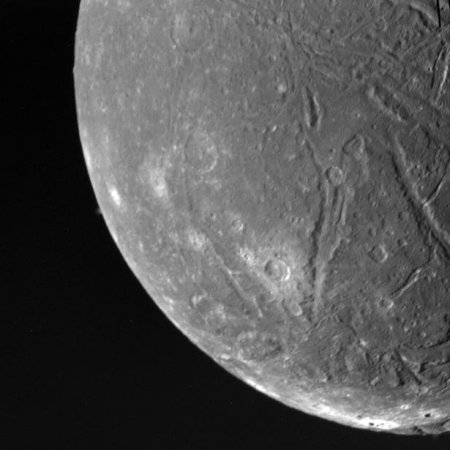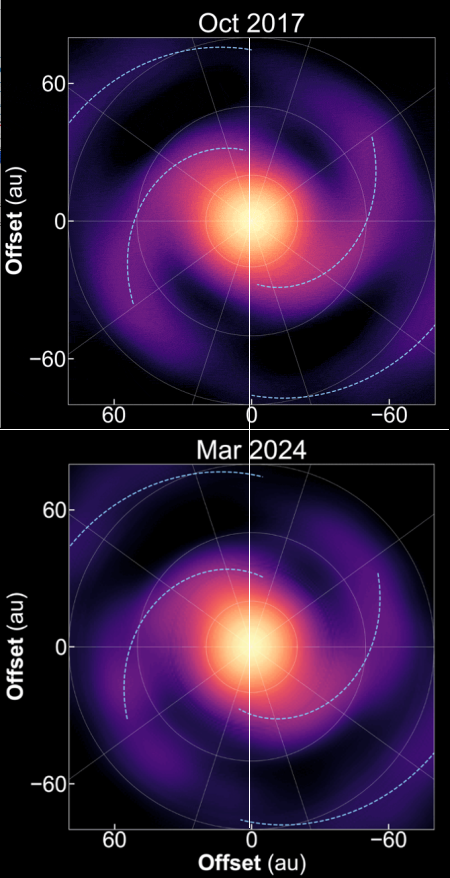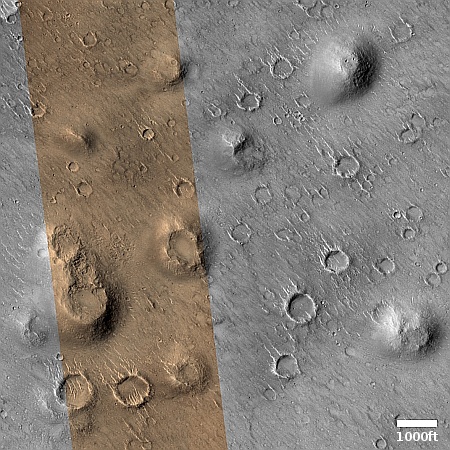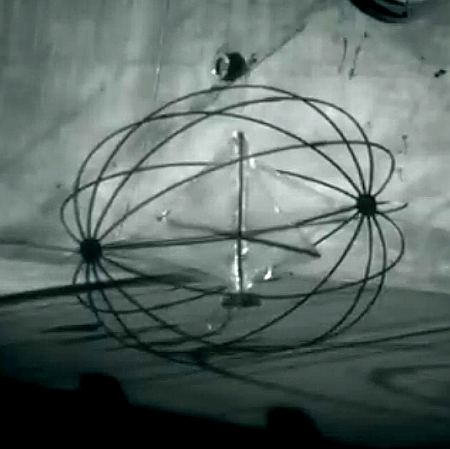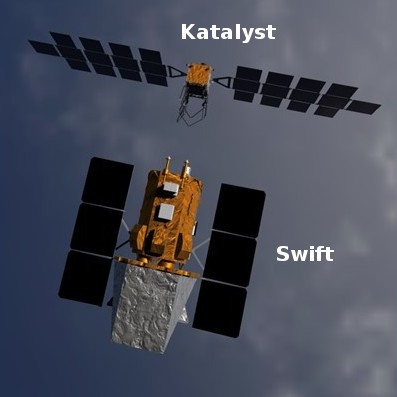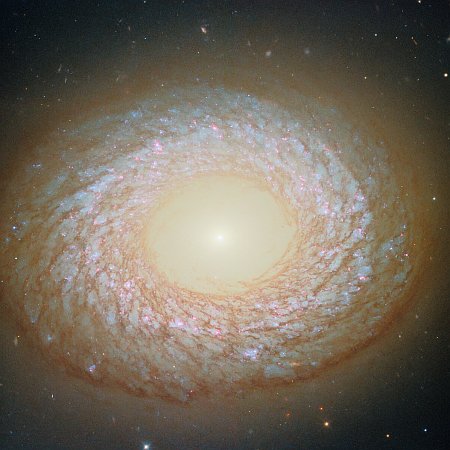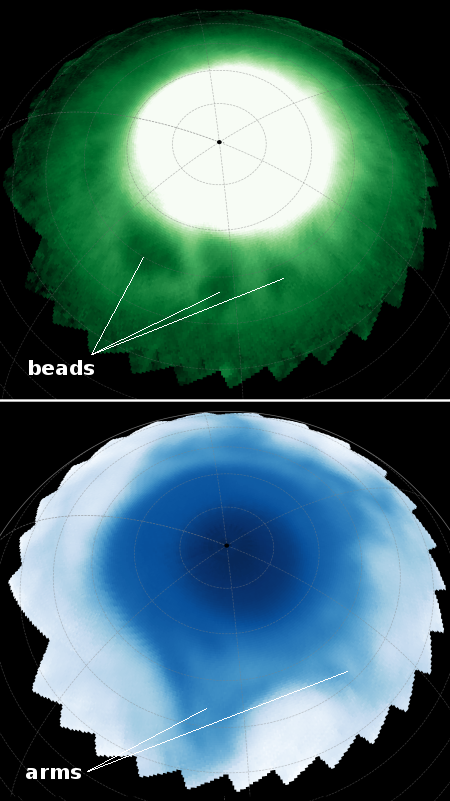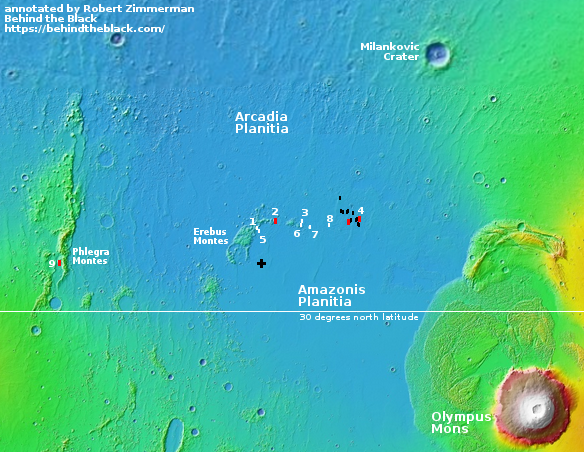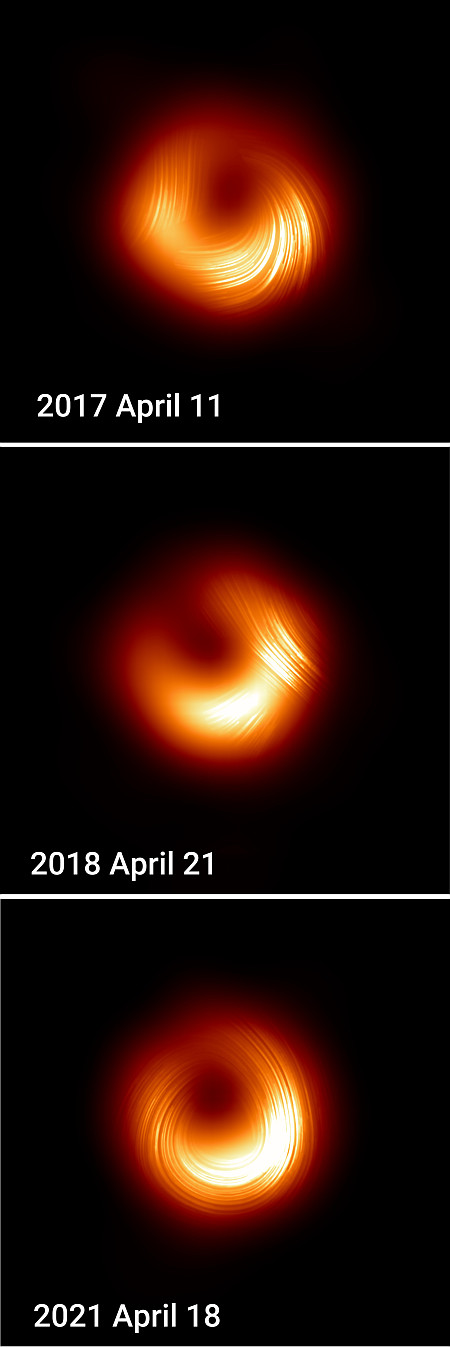Martian winds are faster than expected
According to an analysis of pairs of 300 hundred orbital images taken seconds apart, scientist have found that Martian winds can reach speeds of 100 miles per hour (160 kilometers per hours), much faster than previously expected.
The results show that the dust devils and the winds surrounding them on Mars can reach speeds of up to 44 m/s, i.e. around 160 km/h, across the entire planet, which is much faster than previously assumed (previous measurements on the surface had shown that winds mostly remain below 50 km/h and – in rare cases – can reach a maximum of 100 km/h). The high wind speed in turn influences the dust cycle on the Red Planet: “These strong, straight-line winds are very likely to bring a considerable amount of dust into the Martian atmosphere – much more than previously assumed,” says Bickel. He continues: “Our data show where and when the winds on Mars seem to be strong enough to lift dust from the surface. This is the first time that such findings are available on a global scale for a period of around two decades.”
You can read the paper here. The study also found dust devils favor the spring and summer in both the north and south hemispheres, and tended to be concentrated in the mid-latitudes.
What is most interesting about this data, which because it is somewhat sparse has a lot of uncertainties, is that it suggests the candidate landing zone for SpaceX’s Starship is a region with one of the most intense dust devil seasons every spring and summer. This is not really a threat to settlement, because the atmosphere is so thin even these high winds would hardly be felt, but it does indicate an environmental condition that must be considered for any future settlement there.
According to an analysis of pairs of 300 hundred orbital images taken seconds apart, scientist have found that Martian winds can reach speeds of 100 miles per hour (160 kilometers per hours), much faster than previously expected.
The results show that the dust devils and the winds surrounding them on Mars can reach speeds of up to 44 m/s, i.e. around 160 km/h, across the entire planet, which is much faster than previously assumed (previous measurements on the surface had shown that winds mostly remain below 50 km/h and – in rare cases – can reach a maximum of 100 km/h). The high wind speed in turn influences the dust cycle on the Red Planet: “These strong, straight-line winds are very likely to bring a considerable amount of dust into the Martian atmosphere – much more than previously assumed,” says Bickel. He continues: “Our data show where and when the winds on Mars seem to be strong enough to lift dust from the surface. This is the first time that such findings are available on a global scale for a period of around two decades.”
You can read the paper here. The study also found dust devils favor the spring and summer in both the north and south hemispheres, and tended to be concentrated in the mid-latitudes.
What is most interesting about this data, which because it is somewhat sparse has a lot of uncertainties, is that it suggests the candidate landing zone for SpaceX’s Starship is a region with one of the most intense dust devil seasons every spring and summer. This is not really a threat to settlement, because the atmosphere is so thin even these high winds would hardly be felt, but it does indicate an environmental condition that must be considered for any future settlement there.



